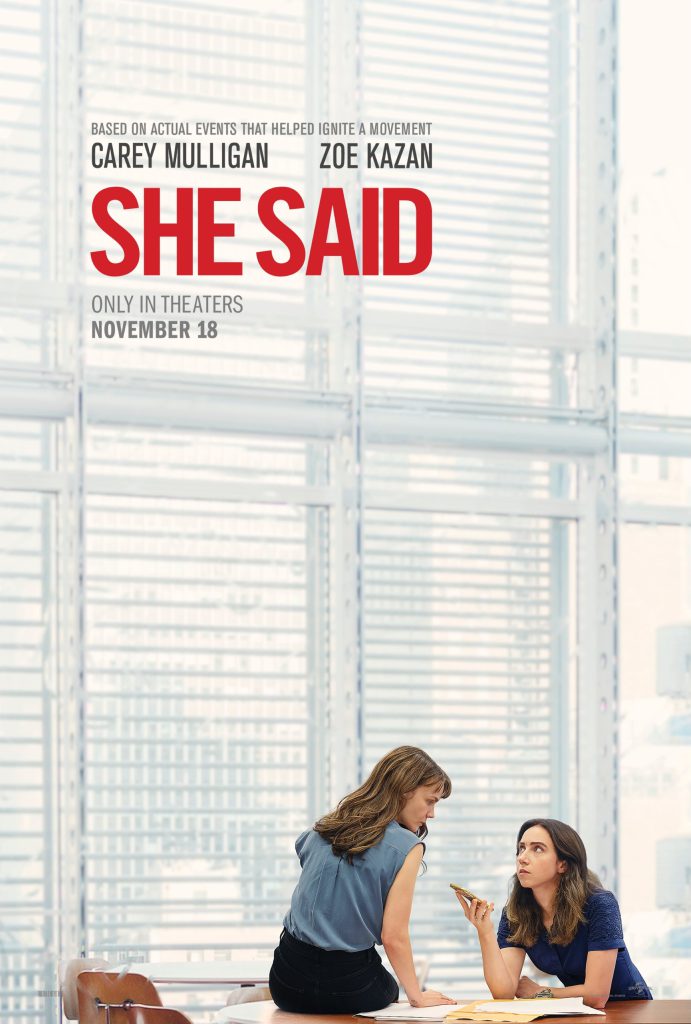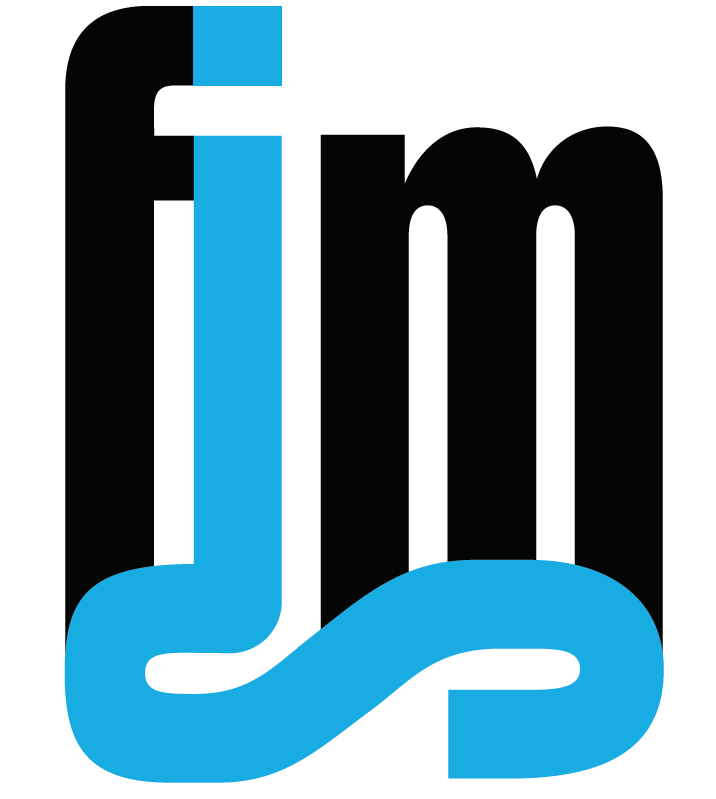By Meaghan Churchill, Tatiana Gordon, and Caroline Jones
Content Warning: This case discusses sexual assault and may be distressing.

SUMMARY OF THE CASE
In 2017, New York Times Journalists Jodi Kantor and Megan Twohey released a groundbreaking report outlining sexual assault allegations against Hollywood producer Harvey Weinstein. Weinstein had been committing sexual abuse acts against young women in the industry for decades.
By February 2020, a jury found Weinstein guilty of a criminal sexual act in the first degree, and third degree rape. Weinstein is on trial once again for sexual assault charges in Los Angeles. Deliberation is ongoing. Weinstein’s case has been widely publicized in the news since the first allegations were released. Many see the case as being the launchpad for the #MeToo movement.
In November, 2022 Universal Pictures released a film titled, She Said. The film depicts the journalistic process between Kantor and Twohey as they prepare to release their report on Weinstein. The movie depicts everything from the conception of the idea, to meeting with survivors, and confronting Weinstein.
The repopularizing of this story in a feature films leaves room for a argument that is less about the story, and more about the storytelling.
ETHICAL ISSUES
Our jumping-off point came from a quote in the reading by Smith Fullerton, Romayne and Maggie Jones Patterson. It talks about the “unbridled fever for detail” that the general public has in nations that have adopted the watchdog model of policing. While details are undoubtedly integral to solving crimes and bringing justice to victims’ families, our argument was that the public is not also entitled to all of those details.
In the case of She Said, we must acknowledge the journalistic work done by Jodi Kantor and Megan Twohey in telling the powerful stories of Weinstein’s victims. Without the publishing of their article, modern feminism in the United States would look much different. The ethical issue that we grappled with was: Is retelling the story of Harvey Weinstein, his victims and the exposition of his wrongdoings in the form of a feature film serving sound activist/journalist ends or capitalist ones?
In our analysis, we came to the conclusion that She Said is a rather textbook case of true crime turned sensationalism. In the trailer, filmmakers use techniques to foster feelings of suspense and fear that would make viewers want to go see the film.
For example, in one of the final scenes, New York Times employees fill a meeting room with Kantor and Twohey in tow. They are on a phone call with Harvey Weinstein, who is only depicted by a voice muffled through the phone. According to the readings this was strategic, as wrongdoers are often “monstered” for sensationalist ends (Fullerton, Romayne and Patterson, 17). This scene could have been cut and pasted into any mainstream horror film and had the same impact.
This was not done for the sake of journalism or activism but merely entertainment. However, the naturalization of the watchdog model in Western nations has blurred the lines between the subjects, neglecting the ethical dilemma of the true crime genre.
Discussion Questions
To get people thinking, we asked “do you see a moral dilemma with the consumption of true crime media?” This was a very broad question, but it was a good way to learn where our audience stood, and a good opportunity for the audience to start thinking critically.
Our next question relied on the week’s readings “the watchdog model exists in opposition to the protector model, which exercises more ethics of care in crime reporting. Does this case make you want to preserve or reject the watchdog model of reporting?” There is no correct answer to this question, it can be successfully argued from either side. We wanted to develop a back and forth with the audience.
The final question we presented was “where do you think this film/trailer falls on the spectrum of interesting the public vs keeping the public informed?” This is another question with no right answer. The readings discussed the two models of reporting, and we wanted to see how the audience interpreted the film themselves, after having heard our lecture.
Bibliography
Murder in Our Midst: Comparing Crime Coverage Ethics in an Age of Globalized News. New York: Oxford University Press, 2021.
